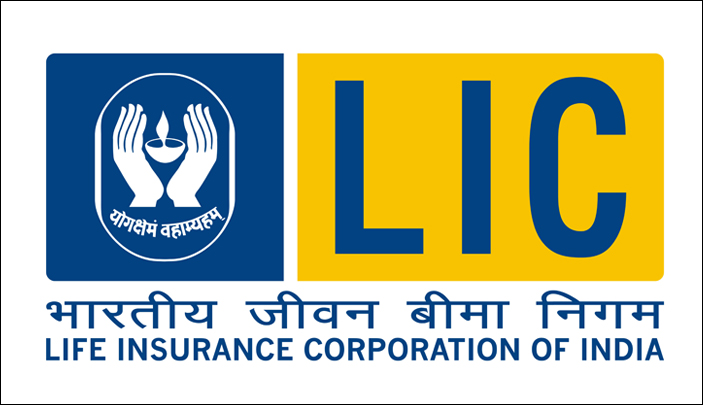The interest on the Employees’ Provident Fund(EPF) for the year 2015-2016 has been set at 8.7%.
The Central Board of Trustees(CBT) of the Employees’ Provident Fund Organisation(EPFO) had proposed an interest of 8.8%, when they had met in February earlier this year. The ministry of finance finally decided on an interest rate which is 10 basis points lower at 8.7%, than what the Trustees of EPFO had proposed. One basis point is one hundredth of a percentage.
This hasn’t gone down well with the trade unions and they have decided to protest. Bhartiya Mazdoor Sangh (BMS), the trade union closest to the ruling Bhartiya Janata Party, given its affiliation to the Rashtriya Swayamsevak Sangh(RSS), has decided to hold protests across the country.
As its general secretary Virjesh Upadhyay told PTI: “BMS strongly condemns the cut in EPF interest rates and will hold demonstrations at EPF offices on April 27,” Sangh general secretary said, adding, the Fund is managed by the Central Board of Trustees (CBT), an independent and autonomous body.”
Other trade unions have also come out strongly against the move. But the entire thing is quite bizarre. The question is what are they protesting about? It seems the ministry of finance’s decision of cutting down the interest rate offered by 10 basis points to 8.7%, from the 8.8% proposed by the CBT of EPFO, hasn’t gone down well with the unions.
As AK Padmanabhan, board member of the CBT of EPFO and the president of Centre for Trade Union Congress told The Indian Express: “It’s unusual that after the CBT recommendation, the finance ministry has decided to cut interest rate.”
Maybe, the move is unusual, but are the trade unions also totally jobless? Allow me to explain. How much difference does the 10 basis point cut actually make? On a corpus of Rs 1 lakh, it makes a difference of Rs 100.
Also, the interest rate paid on EPF in 2014-2015 and 2013-2014 was 8.75%. In comparison to that, the interest for 2015-2016 will be lower by Rs 50 per lakh.
Is it worth protesting on something like this? What are the trade unions actually trying to achieve by doing this? Or since they are trade unions, they need to protest against everything?
Also, don’t the trade unions know that 8.7% interest being paid on EPFO, is the highest interest rate being offered by the government across all its schemes? It is sixty basis points more than the 8.1% per year interest currently being offered on the Public Provident Fund and the National Savings Certificate(NSC).
It is ten basis points more than the 8.6% on offer on the Senior Citizens’ Savings Scheme and Sukanya Samriddhi Account Scheme. Even the senior citizens who typically get paid more otherwise, are being paid lower than the interest being paid on EPF. So what are the trade unions protesting about?
The government is trying to move the country towards a lower interest rate regime. Fixed deposit rates are down by more than 100 basis points in the last one year. In comparison, the EPF interest rate has been slashed by just 5 basis points. Further, interest earned on fixed deposits is taxable. Interest earned on EPF is not.
If all these reasons are taken into account, the planned protests of the trade unions essentially look very hollow.
Also, what is the government trying to achieve by cutting the EPF interest rate by 10 basis points? In an ideal world, the government would have wanted to cut the EPF interest rate much more, to bring it in line with the other prevailing interest rates. But given all the hungama that has recently happened whenever the government has tried to bring any change to the EPF, it basically wasn’t in the mood to take on any more risk.
Having said that a 10 basis point cut in the EPF interest rate essentially achieves nothing.
Further, it needs to be asked, why a provident fund as big as EPF is, is not professionally managed? As on March 31, 2015, the EPFO managed funds worth Rs 6.34 lakh crore in total. Provisional estimates suggest that in 2015-2016, the EPFO saw Rs 1.02 lakh crore being invested in the three schemes that it runs. Of this around Rs 71,400 crore was invested in the EPF. This means as on March 31, 2016, the EPFO managed funds worth Rs 7.36 lakh crore in total.
This is a huge amount of money. The question is why is this money not being professionally managed. The CBT of EPFO essentially comprises of the labour minister, a few IAS officers, a few businessmen and a bunch of trade union representatives. Which one of these categories of people has some the expertise to manage investments?
Further, why does a committee need to meet to decide on an interest rate for EPF? Why can’t it simply be declared on the basis of returns on the investments made? Why can’t returns on EPF investments be declared on a regular basis? Why is there so much opaqueness in the entire process?
The only possible explanation is that if things do become transparent, then the trade unions controlling the CBT of EPFO, will essentially become useless. When it comes to transparency, it’s the same story everywhere.
(Vivek Kaul is the author of the Easy Money trilogy. He tweets @kaul_vivek)
The column originally appeared on Firstpost on April 26, 2016

